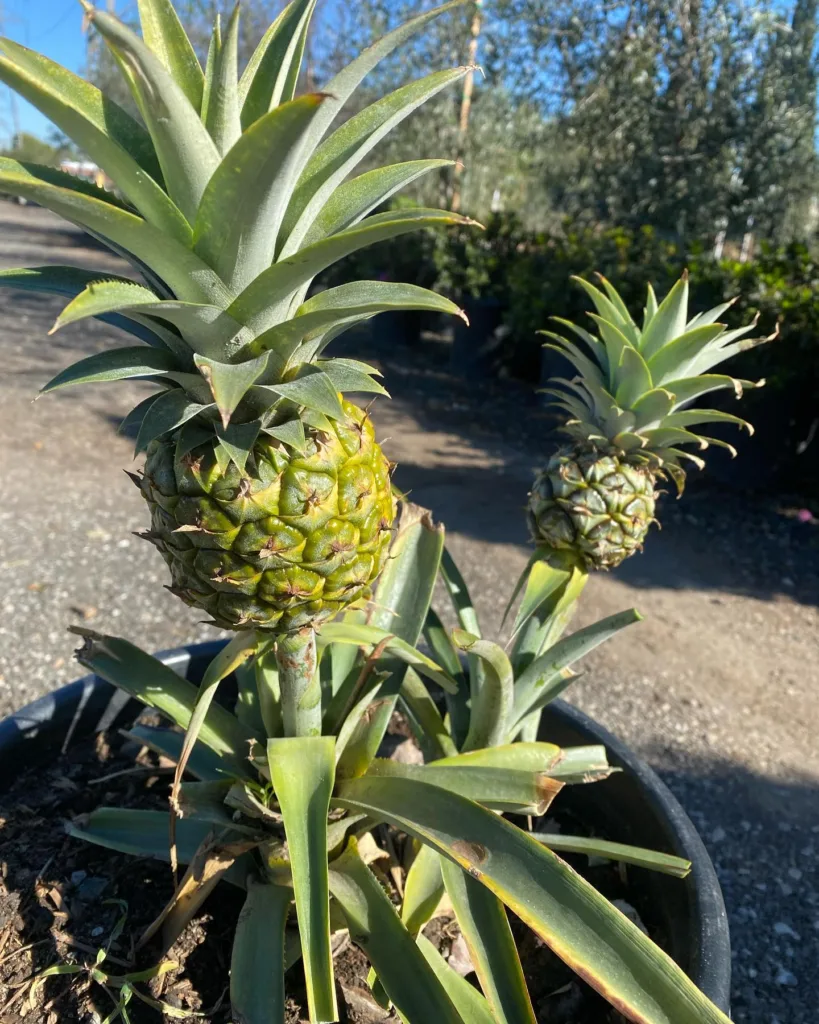
Top 100 Gift Ideas For Plant Lovers 2024
Can dogs have almond butter?
While almond butter itself isn’t usually toxic to dogs, it’s not recommended for several reasons:
- High Fat: Almond butter is very high in fat, which can be hard on a dog’s digestion and could lead to pancreatitis, a painful inflammation of the pancreas.
- Sugar and Additives: Many commercial almond butters contain added sugar or artificial sweeteners like xylitol. Xylitol is extremely toxic to dogs.
- Choking Hazard: Thick, sticky almond butter can be a choking risk for some dogs.
What if my dog accidentally ate a bit of almond butter?
A tiny taste of plain, unsweetened almond butter is unlikely to harm a healthy dog. Keep an eye out for digestive upset (vomiting, diarrhea) and contact your vet if anything seems worrisome.

Can cats drink almond milk?
While a small amount of plain, unsweetened almond milk is unlikely to be immediately toxic to cats, it’s not recommended for several reasons:
- Digestive Upset: Cats are lactose intolerant, and although almond milk doesn’t contain lactose, the fats and sugars can still cause stomach issues like diarrhea and vomiting.
- Nutritional Imbalance: Cats are obligate carnivores, meaning their bodies are designed to get nutrition from meat. Almond milk provides no beneficial nutrients for them.
- Additives: Many commercial almond milks contain sweeteners, flavorings, or thickeners that could be harmful to cats.
What is almond bark?
Almond bark is a type of candy coating often used for dipping, drizzling, and molding. Here’s what makes it different from regular chocolate:
- Ingredients: Almond bark doesn’t contain any cocoa butter, the key ingredient in chocolate. Instead, it’s made primarily from vegetable fats, sugar, flavorings, and coloring.
- Taste: While often flavored to resemble chocolate, almond bark generally lacks the depth and complexity of real chocolate. It tends to be much sweeter.
- Texture: Almond bark melts and sets differently than chocolate. It doesn’t require tempering and gives a slightly softer, sometimes waxier finish.
- Uses: Almond bark is commonly found in grocery stores around the holidays, as it’s an easy and convenient way to make dipped pretzels, candy clusters, and other simple treats.
Does almond flour go bad?
Yes, almond flour can go bad. Here’s why:
- High-Fat Content: Almonds are naturally high in oils. These oils become rancid over time, even when ground into flour. This rancidity can give the flour a bitter, off-putting flavor.
- Shelf Life: Almond flour is more perishable than all-purpose flour. Here’s the general breakdown:
- Pantry: Unopened almond flour can last up to a year. Once opened, it’s usually best within 3-6 months for optimal freshness.
- Refrigerator: Storing almond flour in the fridge extends its shelf life to about a year.
- Freezer: Almond flour freezes well for up to a year or longer.
Signs of Spoiled Almond Flour
- Smell: Rancid almond flour will have a sour, slightly unpleasant odor.
- Taste: Take a tiny taste, if it’s bitter, it’s past its prime.
- Texture: Clumping, hardening, or signs of moisture indicate it might be going bad.
- Mold: Any sign of mold means you should immediately discard the flour.
Tips for Storing Almond Flour
- Airtight Container: This keeps moisture and pests out.
- Cool, Dark Place: A pantry is fine if used quickly; otherwise choose the fridge or freezer.
- Label with Date: This helps track how long it has been stored.
Does almond milk need refrigerated?
Absolutely! Here’s why almond milk needs to be refrigerated:
- Shelf-Stable vs. Refrigerated: You might find two kinds of almond milk in stores:
- Shelf-stable almond milk: This kind comes in aseptic cartons or boxes and can be stored unopened at room temperature. Once opened, it MUST be refrigerated and used within 7-10 days.
- Refrigerated almond milk: This is usually found in the refrigerated section of the store. It needs to be kept cold at all times, both before and after opening.
- Preventing Spoilage: Like all milk types, almond milk contains ingredients that spoil easily when left at room temperature. Bacteria can grow rapidly, making the milk unsafe to drink.
- Preservatives: Shelf-stable almond milk undergoes more processing and often contains additives to increase its shelf life. Refrigerated almond milk tends to be more natural with fewer preservatives.
Always check the label of your almond milk for specific storage instructions. If it was kept in the refrigerated section, keep it chilled both before and after opening.
Is almond milk low fodmap?
Unfortunately, almond milk isn’t ideal if you’re following a low FODMAP diet. Here’s why:
- Almonds: While almonds themselves are only low FODMAP in tiny servings, almond milk is highly concentrated. This translates to a higher FODMAP content.
- Additives: Some commercial almond milk brands contain carrageenan or sweeteners like agave syrup, both of which are high FODMAP.
- Serving Size: According to Monash University, the maximum low FODMAP serving size for almond milk is 1 cup (250ml). More than that could trigger symptoms in sensitive individuals.
How to make almond extract?
Homemade almond extract is surprisingly easy to make and the flavor is far superior to store-bought! Here’s how to do it:
Ingredients:
- Raw Almonds: About 1/3 to 1/2 cup of whole, unroasted almonds for a standard-sized bottle of extract. You can adjust this depending on how strong you want the flavor.
- Vodka (or other alcohol): An 80-proof vodka is typical, but you can also use brandy, bourbon, or rum. You’ll need enough to cover the almonds completely.
- Small Glass Jar with Lid: Make sure it’s thoroughly cleaned and sterilized.
Instructions:
- Blanch and Chop:
- Briefly boil the almonds to loosen the skins. Slip the skins off and let them dry.
- Roughly chop the almonds. This increases surface area, helping the flavor infuse.
- Combine: Place the almonds into your jar and pour in the alcohol, aiming to cover the almonds by at least an inch. Seal the jar tightly.
- Steep: Store the jar in a cool, dark place for at least 2 months. The longer it steeps, the stronger the flavor. Shake the jar occasionally.
- Strain: When ready, strain the mixture through cheesecloth or a fine-mesh strainer to remove almond solids.
- Store: Pour the strained extract into a clean, sterilized amber glass bottle for longer shelf life. Store in a cool, dark place. Your homemade almond extract should last for several years.
Tips:
- Quality Matters: Use the freshest almonds and good quality alcohol for the best results.
- Flavor Variation: Add a split vanilla bean to the jar for a hint of vanilla alongside the almond flavor.
- Gift Idea: Homemade extract makes a lovely, thoughtful gift!
What does an almond tree look like?
Almond trees have a few distinct characteristics that help you identify them:
- Shape: Mature almond trees have a rounded, spreading canopy with graceful, slightly arching branches.
- Leaves: Almond leaves are long, narrow, and lance-shaped with serrated edges. They have a bright green color that turns a lovely yellow-orange in the fall.
- Flowers: In the early spring, before the leaves fully emerge, almond trees burst into a stunning display of pale pink or white blossoms. They have five petals and resemble cherry or peach blossoms.
- Fruit: After the flowers fade, the almonds themselves start to develop. They start out as fuzzy green pods that gradually harden and turn brown. Inside is the pit that holds the edible almond kernel we all know and love.
- Bark: The bark on an almond tree is smooth and grayish when young, becoming rougher and developing furrows as the tree ages.
Can almond milk be frozen?
Absolutely! Freezing is a great way to extend the shelf life of almond milk and prevent waste. Here’s what you need to know:
How to Freeze Almond Milk:
- Check the Container: If you bought shelf-stable almond milk in a carton, you can freeze it directly in the carton. Refrigerated types often need to be transferred to a freezer-safe container.
- Leave Headspace: Since liquids expand when frozen, leave about an inch of space at the top of the container to prevent it from bursting.
- Label: Mark the container with the date and type of milk for easy reference.
- Freeze: Place your container in the freezer, preferably upright. Almond milk can safely stay frozen for 2-4 months.
Thawing Frozen Almond Milk:
- In the Refrigerator: It’s best to thaw frozen almond milk overnight in the refrigerator. Give it a good shake before using, as slight separation can occur.
- Quick Thaw: If you’re short on time, you can submerge the container in cold water to thaw it more quickly.
Using Thawed Almond Milk:
- Texture Changes: Freezing and thawing can sometimes cause slight textural changes in almond milk. It might be a little grainier than fresh.
- Best Uses: Thawed almond milk is ideal for smoothies, baking, or baking, where the slight textural difference will be less noticeable.
Important Notes:
- Don’t Refreeze: Once thawed, almond milk should not be refrozen.
- Homemade Almond Milk: This freezes well but may be more prone to separation after thawing.
Does almond milk make you constipated?
While almond milk itself doesn’t usually cause constipation, there are a few ways it could contribute to the issue in some individuals:
- Lack of Fiber: Unlike whole almonds, almond milk has very little fiber. Fiber is crucial for healthy digestion and regular bowel movements. If you have a generally low fiber diet, switching to almond milk could make things worse.
- Intolerance: Some people have sensitivities to components in almond milk, whether it’s almonds themselves or additives like carrageenan. This sensitivity could lead to digestive issues, including constipation.
- Replacing High-Fiber Sources: If you switch from cow’s milk to almond milk and don’t compensate with other fiber-rich foods, your overall fiber intake decreases, potentially causing constipation.
For most people, almond milk is a neutral beverage that shouldn’t cause constipation on its own.
Here’s what to do if you think almond milk might be a factor:
- Increase Fiber: Make sure to eat plenty of fruits, vegetables, and whole grains throughout the day.
- Stay Hydrated: Drinking lots of water aids digestion and helps prevent constipation.
- Experiment: Switch to a different plant-based milk alternative if almond milk continues to cause issues.
- Talk to Your Doctor: If constipation is persistent or concerning, consult a doctor to rule out any underlying medical causes.



